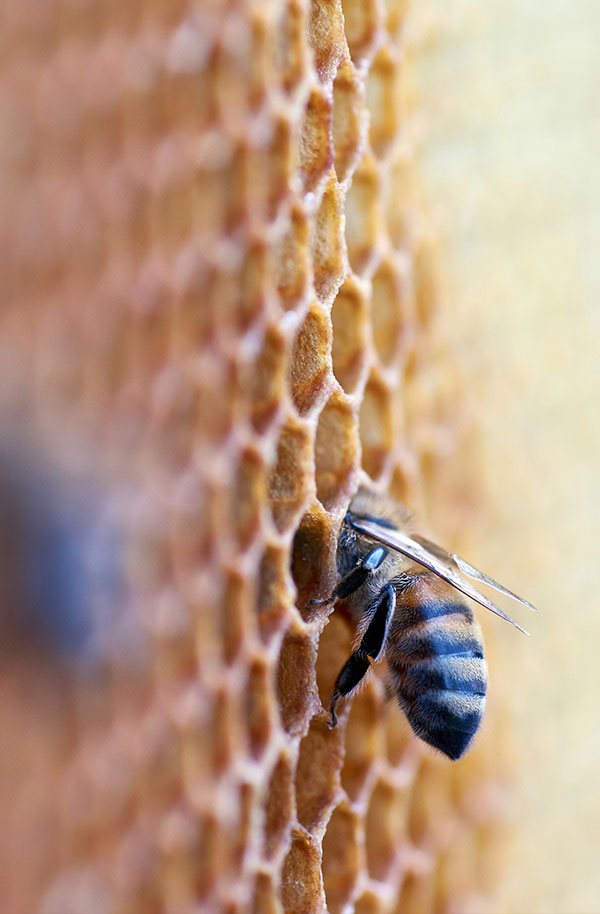Honey for skin repair in animals: this is how it really works
A superficial wound, irritated skin or damage after surgery - these are situations that you as a veterinarian encounter regularly. In such cases, supporting the natural healing process of the skin is of great importance. One of the remedies that is receiving increasing attention in this regard is medical honey. Not new, but valuable.
What makes honey suitable for wound care?
Honey contains a combination of enzymes, amino acids, vitamins, proteins, minerals and antioxidants. These components give honey a antibacterial, anti-inflammatory and wound-healing action. It supports a moist wound environment, reduces infection risks and promotes a beautiful and rapid recovery.
But: not every honey is suitable for external use in animals.
Not all honey is the same
The quality of honey depends greatly on the processing. Honey from the supermarket is often heated above 40°C, losing most of the enzymes - and thus the antibacterial activity. Therefore, for medical use raw, cold-washed honey or specially purified honey, with high enzyme content and stable efficacy.


Honey gel as topical support
Maxani Honey O3 Gel is designed for the care of superficial wounds, rough or damaged skin and skin irritations in dogs and cats. The formula contains:
- Purified, ozonated honey - rich in enzymes, with antibacterial and soothing action
- Glycerin - For maintaining a moist wound environment, essential for optimal healing
- An easy-to-use gel texture that stays put without sticking
The gel is widely applicable, for example:
- After a minor injury from shaving or cutting
- For damage to warts or minor skin lesions
- As a post-treatment for hot spots or local irritations
Why a moist wound environment?
Moist wound healing has been scientifically substantiated as more effective than dry wound healing:
- Faster cell division
- Less scarring
- Better protection against external influences
The combination of enzyme-rich honey and moisturizers optimally supports this process - with minimal stress on the skin.
Conclusion
Honey as a wound care product in animals is a valuable addition to the dermatological toolkit. When using it, pay attention to the quality and enzyme activity of the product. With a carefully formulated gel such as Maxani Honey O3 you can provide targeted support for superficial skin problems while respecting the skin's natural healing process.
